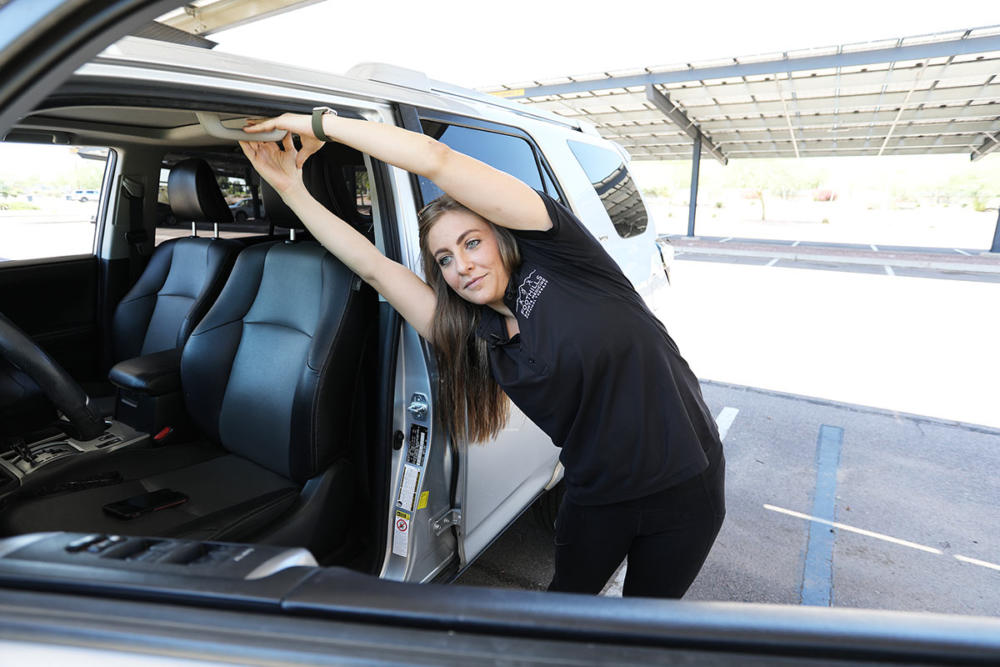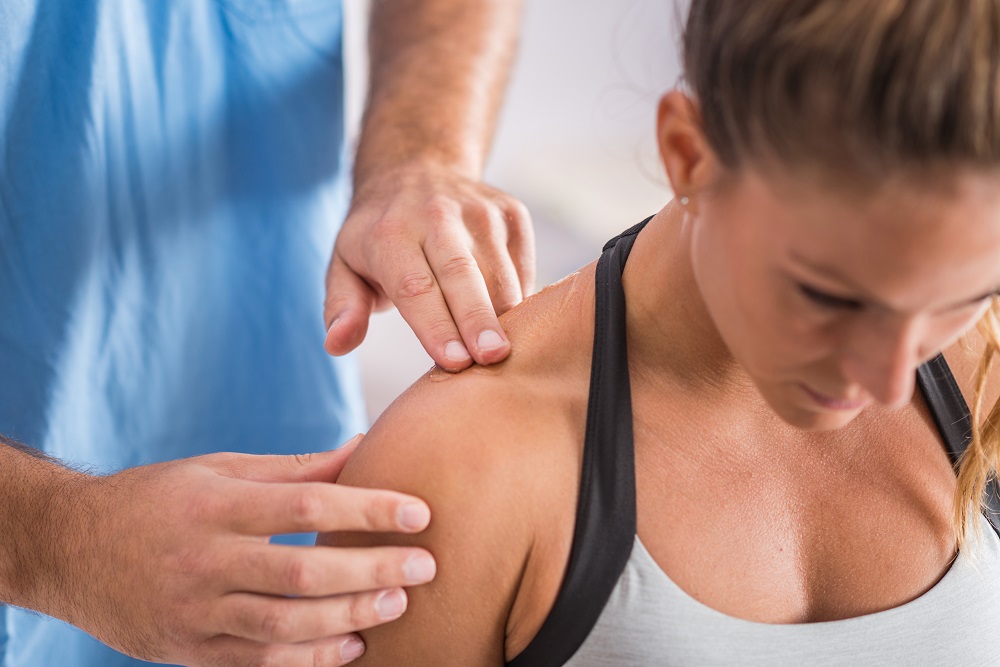by Janene Alcantar PT, DPT | Surprise Location
Falls can be problematic for anyone. However, in the elderly population, this can be a bigger concern. Falls can lead to injury or be indicative of other health issues. If someone you know has fallen, or if you are concerned that they are a fall risk, then there are several things to consider and multiple ways movement therapy can help.
Early Signs of Fall Risk
Falls can be a sign of medical conditions. An individual can become weaker due to medical conditions that can lead to a fall. Once an individual has fallen, they are at a higher risk for future falls. It is important for these individuals and their caregivers to seek out what could have led to their falls.
After a fall, a follow-up with the physician may be in order. The doctor can investigate if there are other conditions that led to the fall. These can include dehydration, anemia, atrial fibrillation, among others. Additionally, their blood pressure should be checked. This should be checked in both the seated and standing positions to determine if this is a contributing factor. The doctor can also determine if any of their medications could contribute to changes in function. It may also be beneficial to have their vision re-checked, or if any home modifications should be made.
How Physical Therapy Can Help
Physical therapy can further investigate gait abnormalities and imbalance issues. Once other medical concerns have been addressed, movement therapy can help to improve strength and balance. A physical therapist can assess gait abnormalities and determine a treatment program to best improve gait mechanics. Physical therapy will also focus on any strength deficits that an individual may present with. If there are any pain issues or limitations in flexibility, a physical therapist will be able to address these issues as well.
A physical therapy evaluation will usually include a gait speed assessment, as gait speed is indicative of fall risk. Gait speed has been called “the sixth vital sign.” Again, the ability to be able to ambulate at a safe speed can prevent falls. When an individual has difficulty maintaining a normal gait speed, they will have difficulty making the proper reactions when their balance is challenged. Physical therapy can focus on improving step height and stride length to avoid shuffling while walking. Therapy can also help improve endurance to tolerance to daily activities such as household chores.
Finally, physical therapy can help to improve the quality of life for an individual after a fall or to prevent a fall from occurring. Falls can contribute to injuries and decline in function. However, this does not have to be the case. Physical therapy will assist in maintaining and improving function and life.
If you or a loved one has experienced a fall, contact us to schedule an appointment. One of our physical therapists will assist you through movement therapy.




